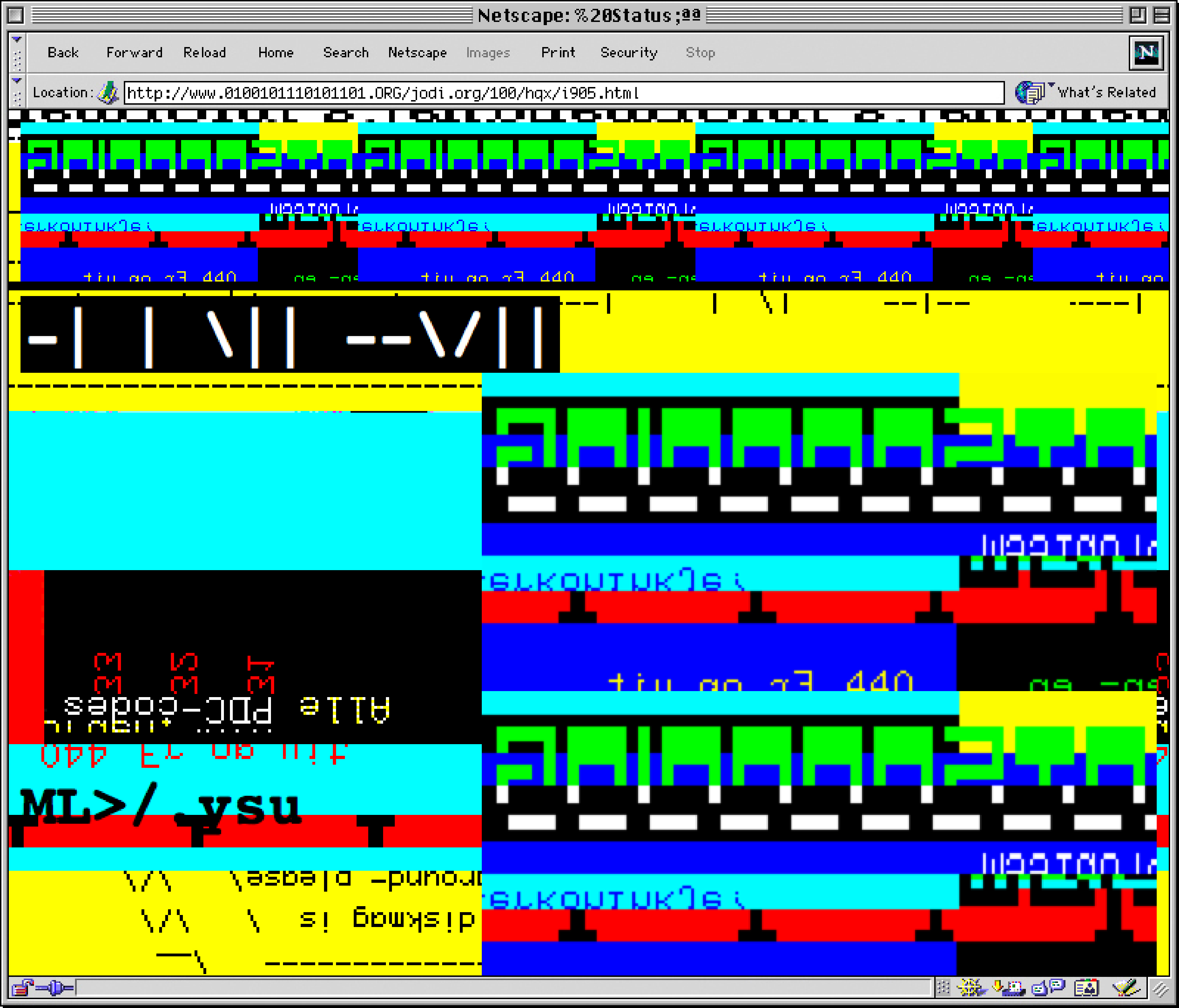This interview accompanies the presentation of Life Sharing as a part of the online exhibition Net Art Anthology.
Life Sharing (2000–2003) is an epic work by Eva and Franco Mattes (0100101110101101.ORG), originally commissioned by the Walker Art Center. For three years, the artists openly shared their home computer, making its contents accessible on the internet. Private material, including email, texts, photos, and bank statements, was freely available through their website.
As the artists worked directly on the shared computer, it functioned more like a web server, with the invited public “occupying” their home—the actual hardware was located in the artists’ bedroom. Interactions happened in real-time, and the public were invited to copy anything that they found.
1
Paul Soulellis: Network culture at the turn of the century was somewhere between the ideology of the early internet and our current corporate state reality—we were in the full throes of blogging, camming, and the first dot com boom, but social media and the iPhone were still on the horizon (as was 9/11). You launched Life Sharing on 01/01/01, and there was an immediate, voyeuristic fascination with this idea of two young artists exposing their lives online through their own computer. What were your thoughts about privacy at that time? What were you hoping to explore with the project?
Eva and Franco Mattes (0100101110101101.ORG): In the ’90s there was this widespread idea of “merging with the network.” It may have come from the novel Neuromancer, which we were very much influenced by. So we’d sit in front of computers for our waking hours. We’d sleep during the day and live at night, to not get distracted by “the real world.” People thought we were crazy, that it was totally insane to stare at a monitor for days, weeks and months, as if you’d ever sit in front of the TV for three years. We also weren’t sure if it was a good idea; it definitely wasn’t a healthy lifestyle. But intuitively we understood that this would be the future, and we wanted to be there as early as possible. If life was going to be like this, we thought, we’d better do it now, because we were curious to see what would come next. And Life Sharing is what was next for us—a glimpse into that expected future.
We had very conflicting feelings about privacy. On the one hand, rationally, we were aware that the internet could massively increase surveillance, and that every communication was virtually archived somewhere. Even by using credit cards, we were making it incredibly simple for companies and governments to profile users with surgical precision. We were aware of the cryptography struggle. That’s probably why the computer was filled with references to the surveillance state: the main section was called Glasnost; other sections were called Stasi, Vopos. Among the few photos stored in the computer were shots of East Berlin that we had found on the internet.
On the other hand, we intuited that the idea of privacy itself was slowly becoming obsolete—that a computer connected to the internet was an instrument that allows for the free flow of information. That was its aim, and anything blocking the free flow was an obstacle to overcome. That’s why we had this slogan “Privacy is stupid.”
PS: How did copyright come into play?
E&FM: In addition to accessing everything on our computer, viewers could also copy everything that they saw. Our novelist friends Wu Ming, who were a huge influence on us, had widely published, very successful no-copyright novels, and we had just discovered Linux and this burgeoning open source movement, so we thought, if it works for software, and even novels, why not try applying it to art?
We took the classic hacker slogan "information wants to be free," and tried to embody it, to live by it, and discover the consequences when this is actually done in practice, when it's interpreted literally: share everything, for free, every day.
So there was also a more utopian side to it; you have to consider that social networks didn’t really exist yet. On Life Sharing you couldn't buy or sell anything, no data mining, no profiling, no information extraction … just pure sharing.
2
PS: Hito Steyerl once called Life Sharing “abstract pornography,” and Steve Dietz (former curator of new media at the Walker Art Center) compared it to Philip Johnson’s Glass House. How were intimacy and exposure part of the project?
E&FM: A lot of people have used sexual references when discussing the work. Matthew Fuller, for example, called it “Data nudism,” and the words most often used were voyeurism and exibitionism. We didn’t have a studio, so the server was physically located in our bedroom—we were literally sleeping with the server noises and the LED lights endlessly blinking a few inches from our bed. But, like Hito so brilliantly put it, with all its “radical transparency,” it was also very abstract. It had nothing to do with other more titillating experiments happening in the same period, with people living 24-7 in front of webcams, etc. In fact, there were very few images and videos in our computer, as smartphones didn’t exist. So the focus of the work was definitely data, more than bodies.
I think the sense of intimacy people felt may have come from the fact that the content they’d see had not been edited—we showed everything, in real time, and the content was not formatted or designed. Naked data without interface. Check the mail archive—three-fourths of it is spam—so you get a realistic view of what working with computers looks like, not the idealized or sanitized version companies want to show us, but the dirtiness and busyness of someone's life.
Life Sharing was structured like all computers, with folders containing files (images, texts, or code), and more subfolders containing more files and more subfolders. Everything was very simple but also raw; there was no user-friendly interface with links to the content. The only modification we made to the server structure was to impose random visuals to every directory, so that a different background color and graphic was seen each time. This didn’t affect the content; it was just dynamically generated on the background.
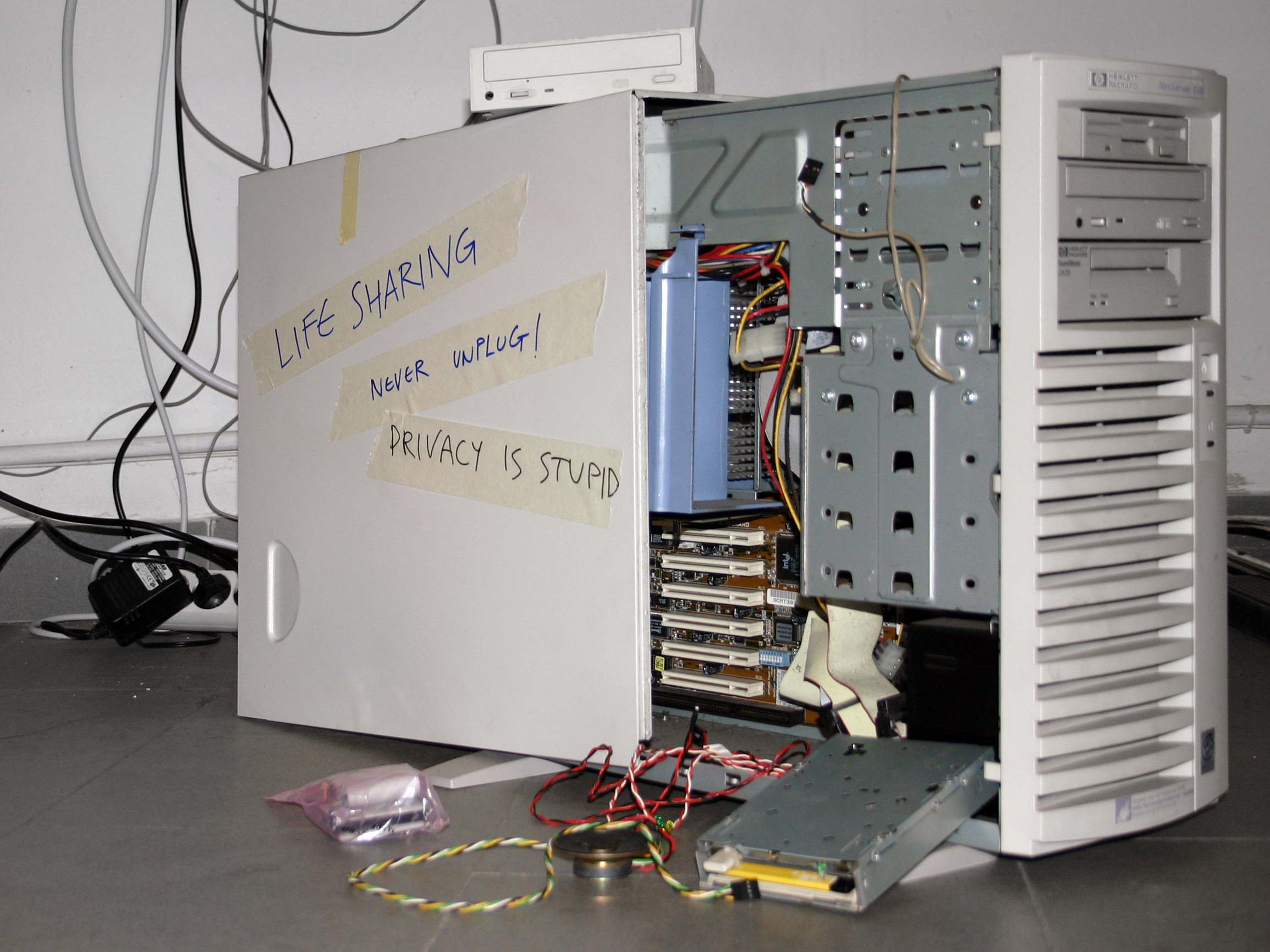
PS: Even though you were working with a massive amount of content, Life Sharing had an ephemeral, temporal quality to it—information coming and going, minute by minute.
E&FM: There are more than one hundred thousand files. I myself don’t know everything in there. Still today when I open it I find things I had forgotten about. A lot of the content is not even ours. Back then, whenever we found something interesting, we’d save it in our computer; there are hundreds of articles, essays, and websites by other artists, which we copied. You never knew if the website would still be there tomorrow. Maybe it would move somewhere else, or it would disappear; maybe the whole internet would suddenly disappear? It was not clear to me how permanent this internet thing was.
When you’d enter our website, an alert would pop up saying, “Now you’re in my computer,” to make it clear, even to a random visitor, that this was something different from other websites. It was our personal computer, and you were entering a very intimate space. From the viewer’s perspective, it’s like entering someone’s private life, as if you were stealing a stranger’s computer and reading their emails and rummaging through all their files, looking for something interesting, or as if you entered someone’s house and started looking in the drawers … there’s definitely a voyeuristic feeling to the experience, that the viewer felt while spending time on our computer.
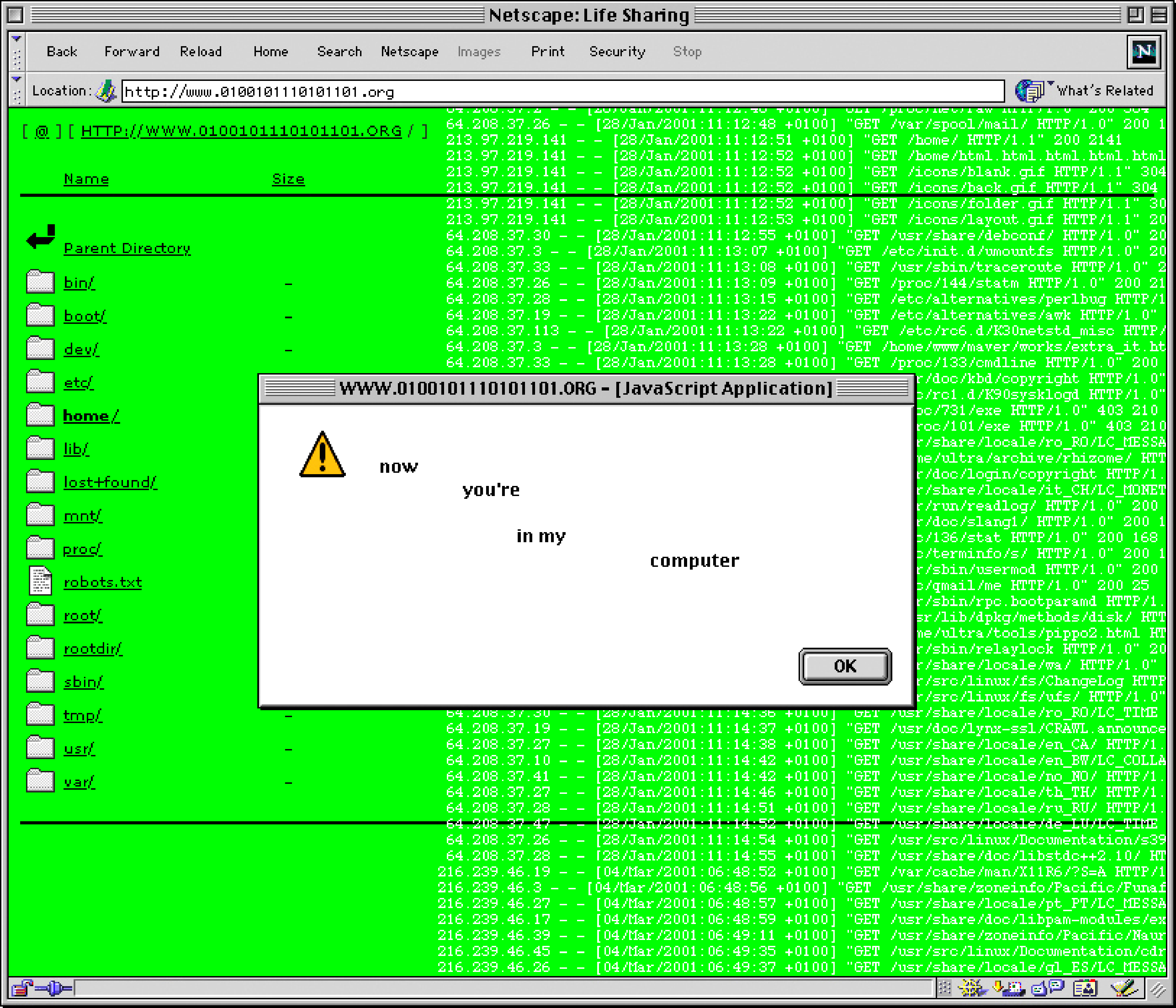
3
PS: Benjamin Bratton has said that “if the panopticon effect is when you don’t know if you are being watched or not, and so you behave as if you are, then the inverse panopticon effect is when you know you are being watched but act as if you aren’t.” How was “knowing but not caring” part of Life Sharing? How did that evolve in your later work, like The Others (2011)?
E&FM: I love that quote. The storage, observation, and archiving of our phone calls, photographs, emails, and online interactions is built into the very infrastructure of the resources that we use to communicate. On some rational level, we can attempt to understand these issues. But on a slightly more irrational, maybe subconscious level, we generally prefer to ignore it. I think Life Sharing was powerful on the libidinal rather than the conceptual level, in the way we “desire” our own oppression, we self-exploit ourselves, living with and through contradiction.
The Others is some kind of reversal of Life Sharing. It’s a video slideshow of 10,000 photos that we appropriated from people's personal computers without their knowledge. Technically speaking, the act of obtaining the images did not involve hacking, but took advantage of a software glitch that made hard drives accessible. The photos that comprise the slideshow are the varied personal snapshots—from the edgy to the banal—that people take with digital devices to post on social media sites on a daily basis.
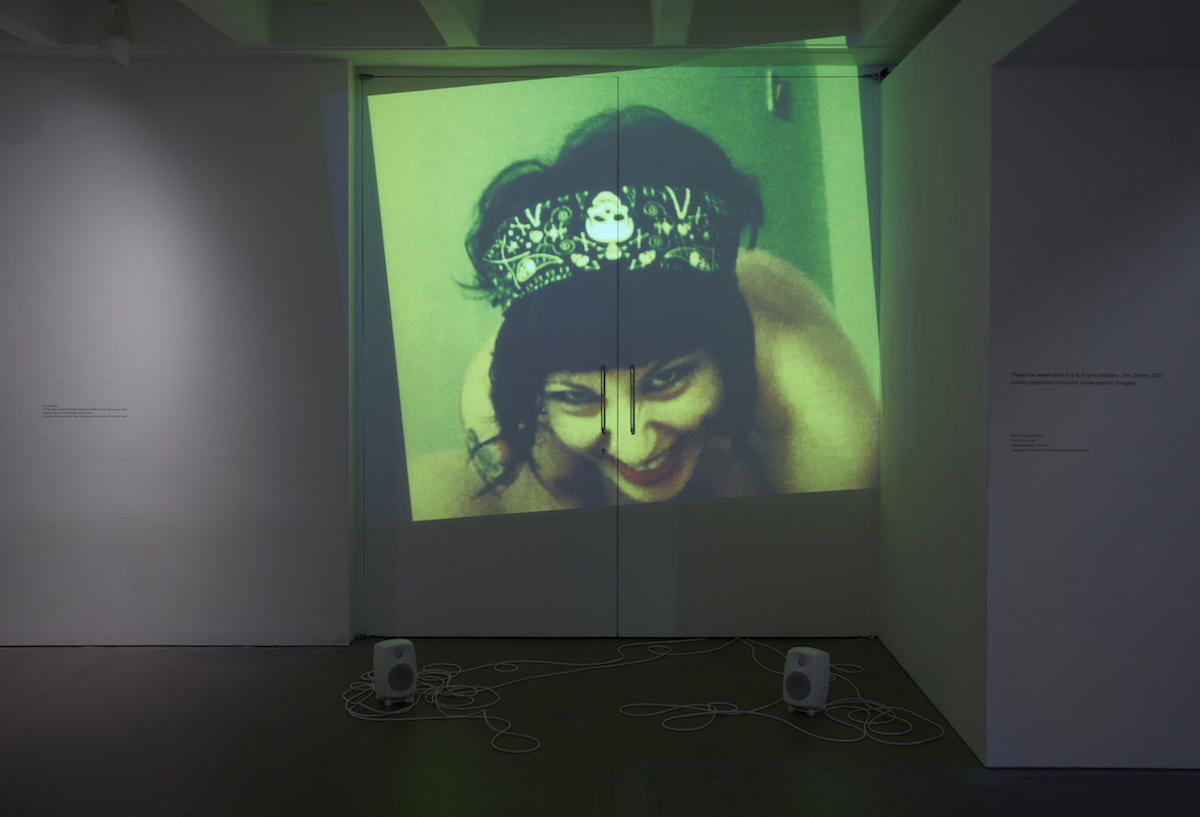
4
PS: Life Sharing played out in real time as a durational performance. Who was its audience? What role did the visitors play?
E&FM: The audience was an integral part of the work—you can’t have exibitionism without voyeurs [laughs].
Viewers had real time access to data, sometimes even before we had, like when they connected to our website and opened our unread emails while we were sleeping.
By sending us an email, they would modify the contents of the computer; even just entering the website would imperceptibly modify it, leaving traces of all their meandering. We were obsessed with traffic logs, waking up in the middle of the night to check how many people were viewing Life Sharing—what were they looking at? For how long? Where did they come from? What files were they downloading? All this information, the access logs, were public too, so people were also watching each other watching us.
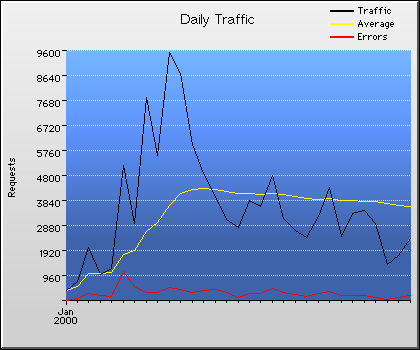
PS: We willingly watch ourselves being watched today, on social media, but Life Sharing allowed you to experiment with self-surveillance at a moment when this still felt like a radical gesture.
E&FM: In January 2002, to extend the idea of exposing ourselves through the internet, we started wearing a GPS transmitter, so that anyone could know exactly where we were at any given time. The aesthetic was quite brutal—just a map with a dot, updated every once in awhile—but the precision was astonishing. Google Maps didn’t exist. The system we were using had been designed to track trucks and the maps were Microsoft’s. It was incredibly expensive and, even a client, like us, was not allowed to download the maps, so we had to hack a system to store them on our website, but when the company found out they said we were stealing them … People were obsessed with controlling their own “digital property.” How could they imagine that, in a few years, these same companies would have paid for users to use their maps. Every “informed” person was aware of the existence of surveillance technologies, like security cameras, tapped phones or satellites, but with this project we wanted to show how this was increasingly becoming a part of everyday life. Like the internet, GPS technology started out in the military—only later was it allowed for civilian use. These technologies were no longer the exclusive equipment of James Bond or reserve of the Cold War: any action or tool, even the most neutral, could produce and store precious information on our habits and identities. Our understanding of it was very intuitive, and instead of addressing these issues by protesting the governments and companies responsible for reinforcing that system, we wanted to show that we were willingly submitting ourselves to it. So we started this act of self-surveillance, which lasted for one entire year.
Following our obsession for data collection, we also started tapping our own phone, recording all of our conversations. People did not know it was tapped, so they’d talk freely about anything. We then gave one month of recorded phone conversations to experimental cut-up music band Negativland, who made a pop song out of it. It’s called “What’s this noise,” because the recording software in our space was beeping regularly, so once in awhile someone speaking to us would ask: but what’s this noise?
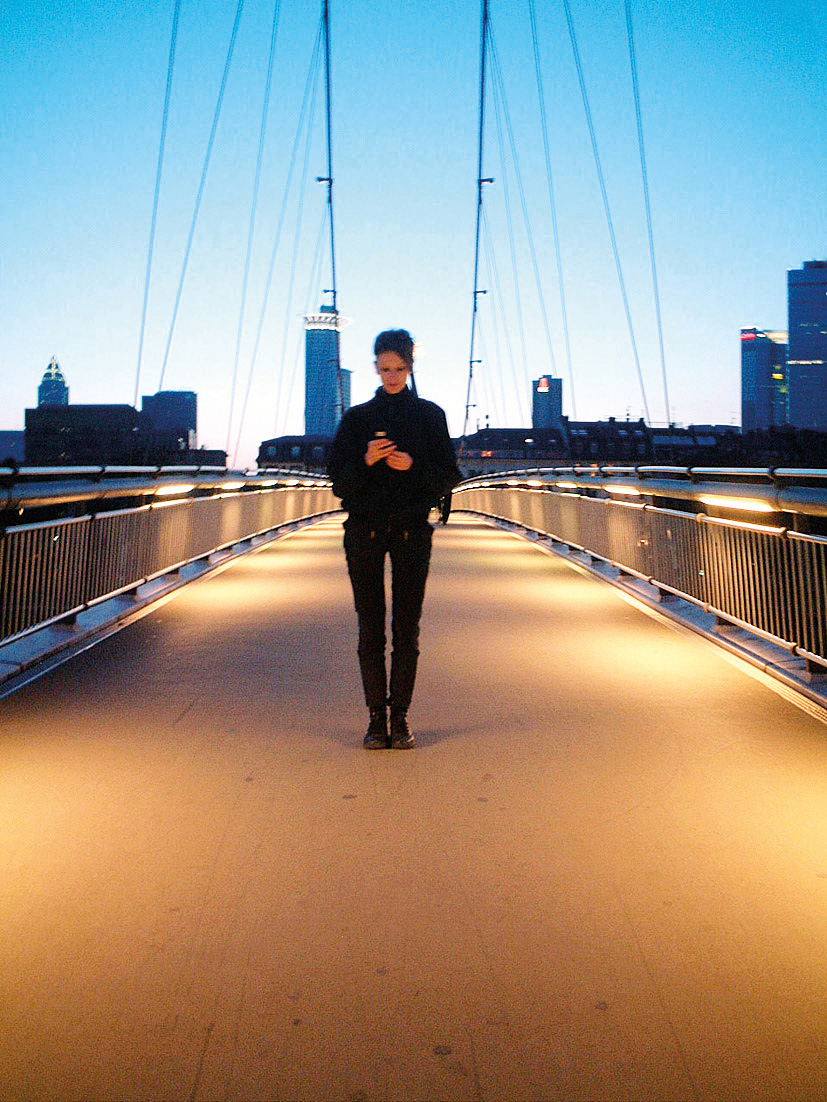
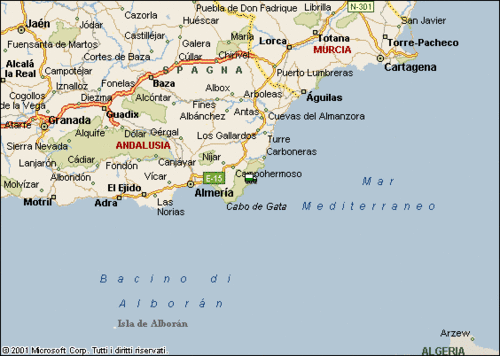
5
PS: Life Sharing is now online for the first time since the server was turned off in 2003. How should we experience it today in its resurrection? Is it a new performance? or an archive?
Today, it looks more like an archive than a live performance, because you are no longer entering our actual computer, but instead accessing an archived version of it, frozen in 2003 like a time machine. But it certainly has some added value now that was not there at the time. Now Life Sharing serves as a crucial repository of ‘90s Net Art as it was unfolding. For example, it contains the entire archive of the seminal Net Art mailing list 7-11. We were copying a lot of Net Art pieces as soon as they were published, by the likes of JODI, Olia Lialina, and Vuk Cosic … because we were very interested in how the advent of the digital would change ideas of authorship. When we copied Hell.com, which was password protected, they were very upset; they even sent us a cease and desist letter. But today, paradoxically, our “pirate” version is the only existing copy, because the “authentic” version got lost. Only the copy survives.
